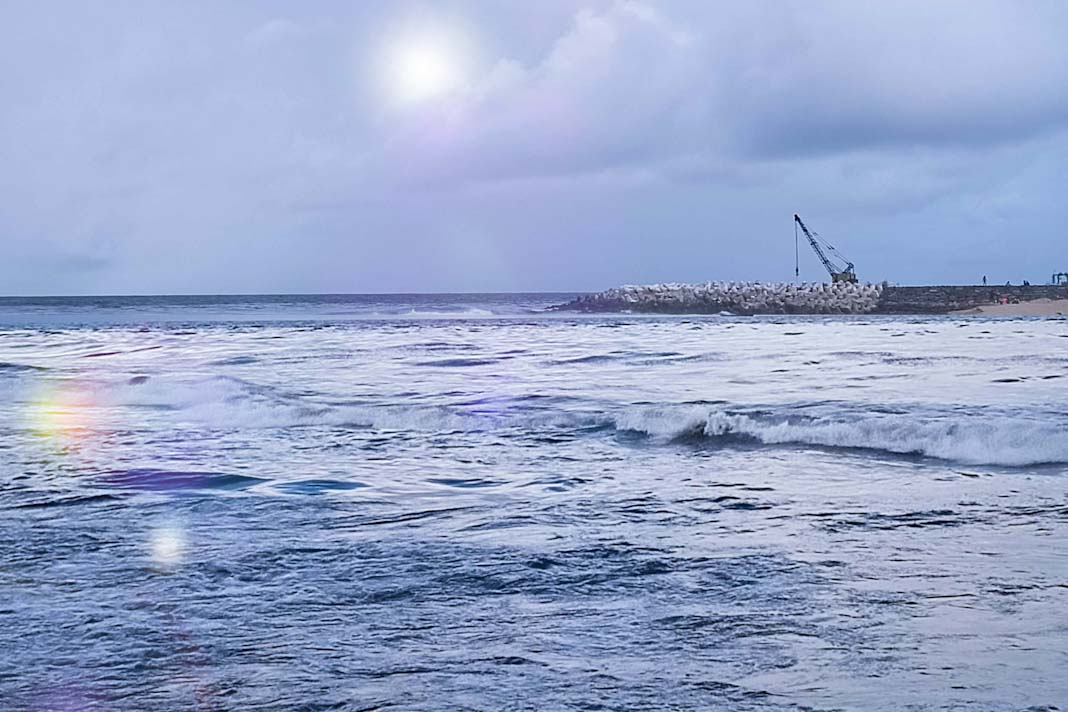The industry bodies of the Cargo Integrity Group continue in their mission to improve safety in the global supply chain. The Group has identified several cargoes, commonly carried in containers, that under certain conditions can cause dangerous incidents. They urge everyone handling these goods to follow all applicable regulations, the CTU Code, and industry best practices.
Increased Awareness
In addition to promoting sound packing and shipping practices, the Cargo Integrity Group aims to increase awareness about the types of goods, often less obvious, that can compromise safety in the container supply chain under certain conditions. The Group has identified fifteen such ‘Cargoes of Concern’ that are commonly transported by sea and intermodally. While these are usually transported safely when regulations and guidelines are followed, the Group has created this list to highlight cargoes that can become hazardous if handled incorrectly. They emphasize that cargoes that are mis-declared or have incomplete or incorrect information about their identity are more likely to be involved in incidents. This list is not exhaustive, but each item illustrates a common type of hazard, divided into three categories: Reactive Hazards – These cargoes can catch fire and cause significant damage and casualties under certain conditions. They are generally subject to Dangerous Goods regulations. Examples are:
• Charcoal / carbon
• Calcium Hypochlorite
• Lithium-ion batteries
• Cotton and wool
• Fishmeal and krill
• Seed cake
Spill or Leak Risks – These commodities can present a risk if not packed properly or if they are damaged. Spills or leaks from these cargoes can harm the health of people cleaning up the spill as well as the environment. Examples are:
• Hides and skins
• Wine
• Bitumen
• Cocoa butter
• Waste – recycled engines and engine parts
• Vegetable and other oils
Cargoes that are poorly or incorrectly packed or secured in the container can lead to injuries to personnel or damage to nearby containers, property, or other cargo. Such incidents can cause severe accidents at sea or on land, such as truck rollovers and train derailments. Examples are:
• Logs and timber
• Steel coils
• Marble and granite
Reducing Risks
“The combined experience of our organizations has been harnessed to identify these categories and result in pin-pointing some commodities where the risks are perhaps less obvious,” says Peregrine Storrs-Fox, Risk Management Director, TT Club. “While the potential dangers of transporting, for example, calcium hypochlorite or lithium-ion batteries might be more widely appreciated, the combustible qualities of seed cake or the hazards associated with cocoa butter or vegetable oils, will be less well-known.” “Every actor in the global container supply chain is responsible for the health and safety of not only their people but also of those at any onward stage of the container’s journey. Complying with regulations and following the advice in the CTU Code saves lives, and we appeal to everyone shipping, packing, and handling commodities that fall within the categories of these Cargoes of Concern to be particularly diligent,” comments Lars Kjaer, Senior Vice President, World Shipping Council. Dedicated to improving the safety, security, and environmental performance throughout the containerized supply chain, a primary goal of the Cargo Integrity Group is to increase awareness and wider use of the IMO/ILO/UNECE Code of Practice for Packing of Cargo Transport Units – the CTU Code.
Did you subscribe to our daily Newsletter?
It’s Free! Click here to Subscribe
Source: ICHCA
















